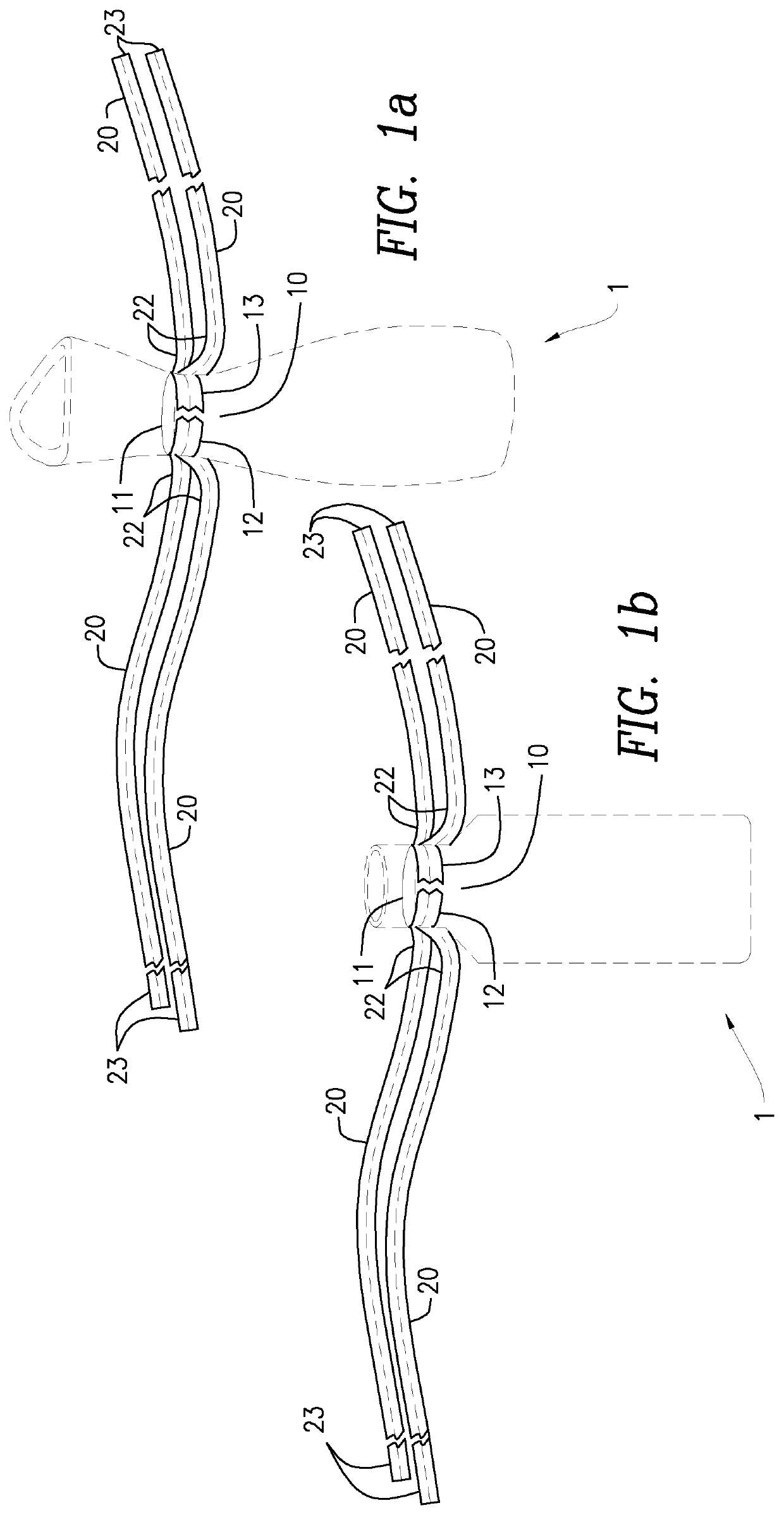Stabilization apparatus and methods of use
a technology of stabilizing apparatus and stabilizing rod, which is applied in the field of stabilizing rod and stabilizing rod, can solve the problems of affecting the normal operation of the catheter, the risk of bacteremia in the urinary tract, and the likelihood of urinary tract infections in the resident's indwelling catheter, so as to improve the method of collecting, measuring and/or studying urine, and reduce the risk of infection. the effect of bacterial infection
- Summary
- Abstract
- Description
- Claims
- Application Information
AI Technical Summary
Benefits of technology
Problems solved by technology
Method used
Image
Examples
Embodiment Construction
[0046]The following is a detailed description of exemplary embodiments of the present invention with reference to FIGS. 1-10. FIGS. 1-10 are for illustration purposes only and are not to scale.
[0047]As used herein the meaning of “a”, “an”, and “the” includes plural reference unless the context clearly dictates otherwise. Also, as used herein the meaning of “in” includes “in” and “on” unless the context clearly dictates otherwise.
[0048]As used herein the term “subject” includes mammals such as humans, monkeys, cows, horses, dogs, cats, pigs etc. and preferably a human subject.
[0049]The present invention relates to an apparatus, which can be used to attach, stabilize, hold and / or secure a medical device in relation to a subject's body, subject wherein the apparatus comprises: (i) a means for attaching the apparatus to the medical device and (ii) a means for attaching the apparatus to the subject. In certain embodiments the medical device is a urine collection device such as a portable...
PUM
 Login to View More
Login to View More Abstract
Description
Claims
Application Information
 Login to View More
Login to View More - R&D
- Intellectual Property
- Life Sciences
- Materials
- Tech Scout
- Unparalleled Data Quality
- Higher Quality Content
- 60% Fewer Hallucinations
Browse by: Latest US Patents, China's latest patents, Technical Efficacy Thesaurus, Application Domain, Technology Topic, Popular Technical Reports.
© 2025 PatSnap. All rights reserved.Legal|Privacy policy|Modern Slavery Act Transparency Statement|Sitemap|About US| Contact US: help@patsnap.com



